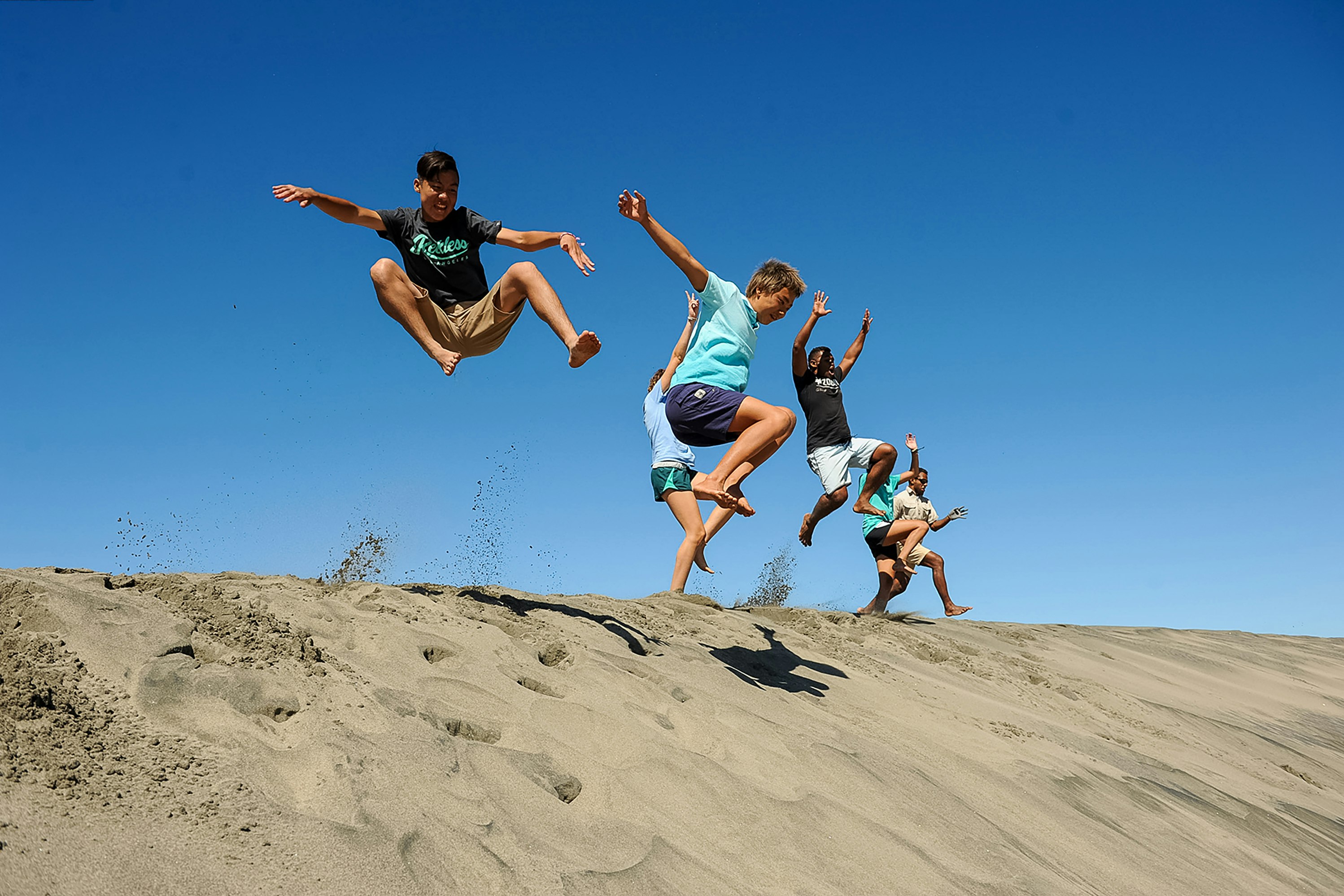Rustic Pathways offers guided Fiji student trips for high school and gap-year students, combining cultural immersion, community service, and outdoor adventure. Programs are fully supervised, safety-vetted, and led by experienced educators with decades of experience in student travel.
Fiji teen programs are 16-day cultural immersion and volunteer experiences for students ages 14–18. Participants earn up to 45 community service hours while working with village partners on reef-rich islands. Based at Rustic Pathways’ Coral Coast Eco-Lodge in Fiji, programs blend conservation work, kava ceremonies, and hands-on learning in a safe, community-centered environment. See all Fiji programs.
✔︎ Since 1983✔︎155,829+ Alumni✔︎6:1 Staff Ratio✔︎4.9/5.0 Rating
